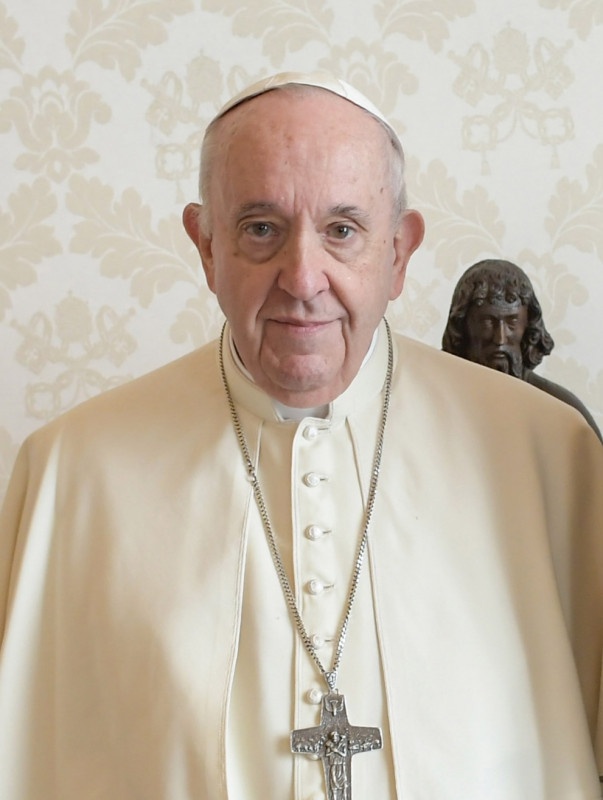Discover the career path of Pope, from the first major opportunity to industry-changing achievements.
The Pope is the Bishop of Rome and the head of the Catholic Church, also known as the supreme pontiff. From the eighth century to 1870, the Pope ruled the Papal States, and since 1929, has governed Vatican City. The position's authority stems from the Catholic belief that the Pope is the successor to Saint Peter, who was given primacy by Jesus. The current Pope is Francis, elected on March 13, 2013.
1929: Vatican City State Established
In 1929, Vatican City was established. Since 1929, the pope is the head of state of Vatican City.
1929: Lateran Treaty
In 1929, the Lateran Treaty between Fascist Italy and the Holy See established Vatican City to ensure its temporal and spiritual independence.
1929: Lateran Treaty Establishes Vatican City
In 1929, the Lateran Treaty established Vatican City as an independent city-state, guaranteeing papal independence from secular rule.
1950: Pope Pius XII Defines the Assumption of Mary as Dogma
In 1950, Pope Pius XII defined the Assumption of Mary as dogma, marking a rare instance of a pope speaking ex cathedra since papal infallibility was explicitly declared.
1964: Dogmatic Constitution on the Church
In 1964, the Second Vatican Council declared a Dogmatic Constitution on the Church.
1973: Catholic-Lutheran Dialogue on Papal Primacy
In 1973, the United States Conference of Catholic Bishops' Committee on Ecumenical and Interreligious Affairs and the USA National Committee of the Lutheran World Federation included a passage in a larger statement on papal primacy during an official Catholic-Lutheran dialogue.
1978: Election of John Paul II
In 1978, John Paul II was elected. He was the first non-Italian pope since 1522.
1978: Papal Coronation until 1978
Until 1978, the pope's election was followed in a few days by the papal coronation.
1983: Code of Canon Law
In 1983, the Code of Canon Law states the requirements for validity if the Roman Pontiff resigns his office.
1996: Universi Dominici Gregis Promulgated
In 1996, Pope John Paul II promulgated Universi Dominici Gregis, outlining regulations for a papal interregnum.
1996: Universi Dominici Gregis Promulgation
In 1996, Universi Dominici Gregis was promulgated, allowing a simple majority after a twelve-day deadlock.
2005: Papal Conclave 2005
For the Papal conclave in 2005, a special urn was used instead of a chalice and plate.
2005: Papal Conclave 2005: Church bells used
Starting with the Papal conclave in 2005, church bells are also rung as a signal that a new pope has been chosen.
October 2007: Ravenna Document
On October 2007, theologians from the Catholic and Eastern Orthodox Churches issued the Ravenna Document.
2007: Revocation of Simple Majority Rule
In 2007, Pope Benedict XVI revoked the allowance of a simple majority after a twelve-day deadlock for papal elections.
February 2013: Benedict XVI Vacates the Holy See
On February 2013, Benedict XVI vacated the Holy See. He was the first to resign since 1415.
March 2013: Election of Pope Francis
On March 2013, Francis was elected as the Pope, becoming the head of the worldwide Catholic Church.
June 2013: Encyclical Signed by Pope Francis
In June 2013, Pope Francis signed an encyclical using his name in Latin, "Franciscus".
2015: Francis Brokered Relations Improvement Between US and Cuba
In the 21st century, Francis played a role in brokering the 2015 improvement in relations between the United States and Cuba.

